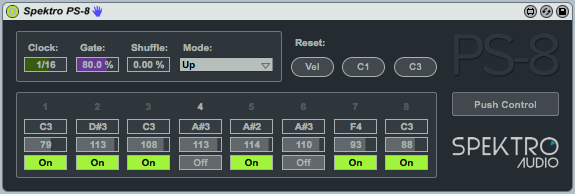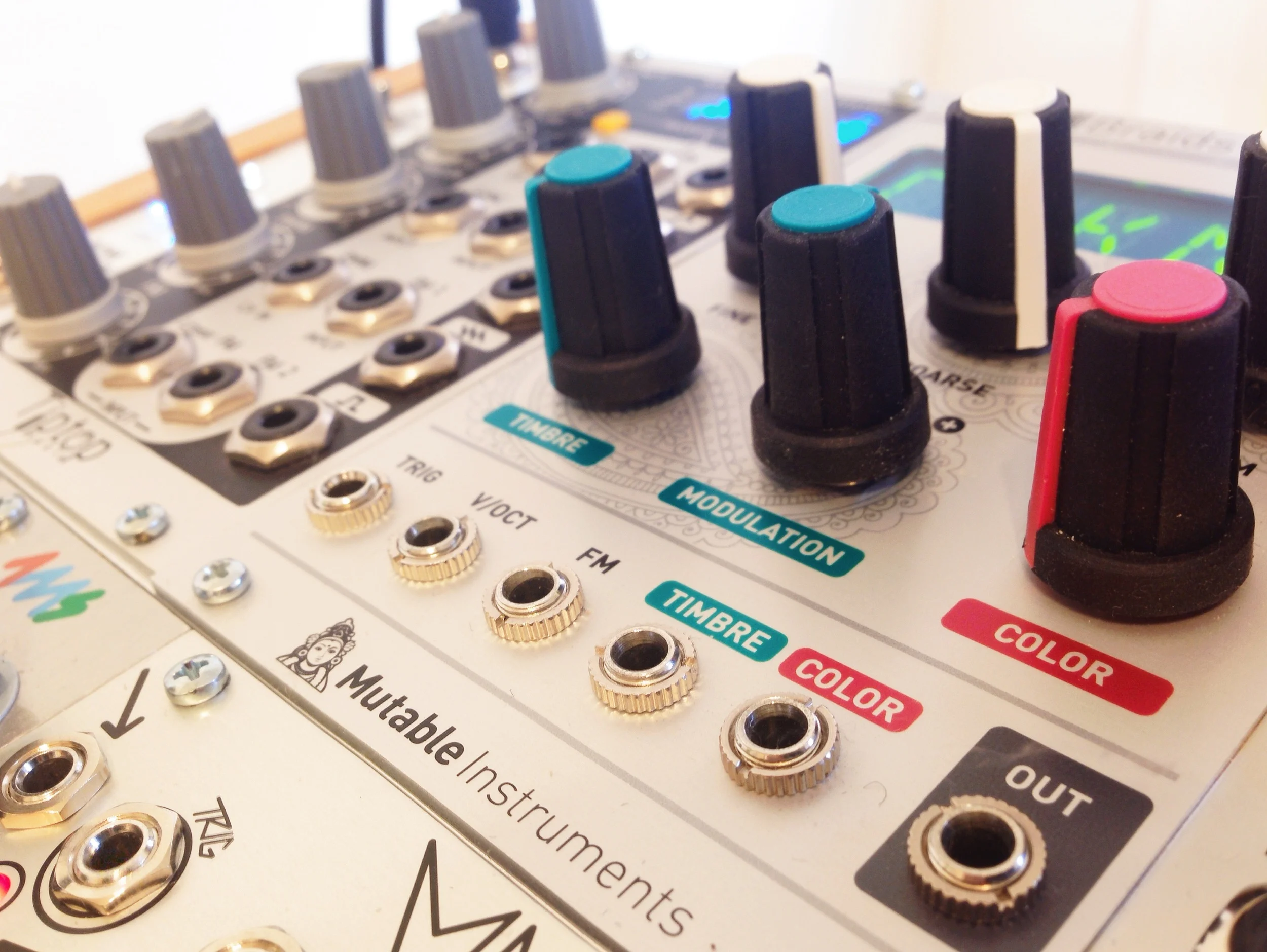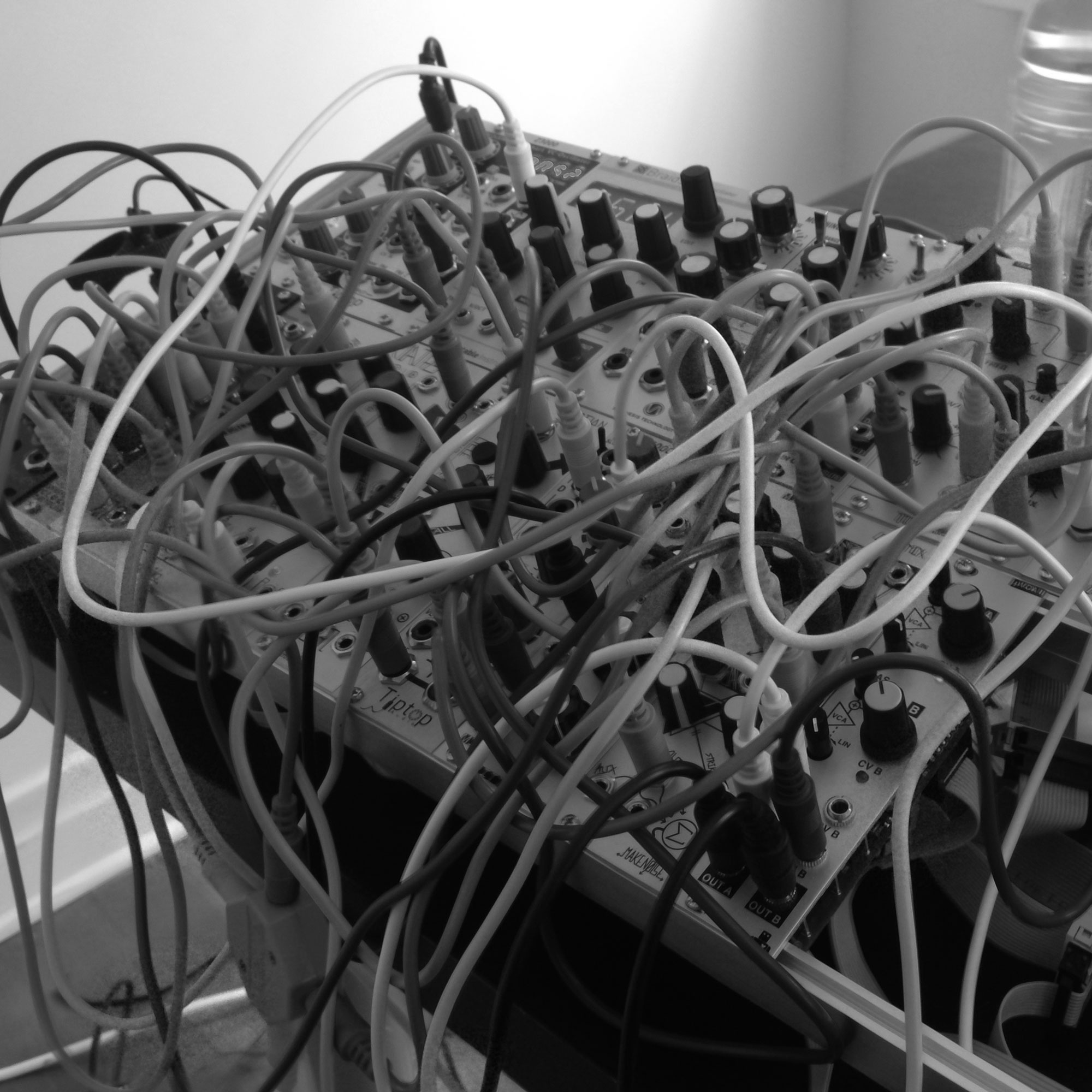GrainFlux 2.0 is now available!
/The new 2.0 update for GrainFlux, our granular / hybrid Max for Live synthesizer, is now available and it includes new features, enhancements and bug fixes!
Check out the overview video for this new update:
Our goal for this new update was to take GrainFlux to the next level and add new features (such as the new modes, Center parameter, Multi-Stage envelope, Filter FM, etc) that would allow the user to create even more interesting timbres and sounds.
Here's a list of what's new in GrainFlux 2.0:
• 6 new modes: Regular, Inverted, Alternate, Ringmod, Min/Max and Max/Min.
↳ Regular: Wave 1 and Wave 2 are mixed together normally.
↳ Inverted: Wave 1 and 2 are mixed together while Wave 2’s phase is flipped 180º.
↳ Alternate: Alternates between Wave 1 and Wave 2.
↳ RingMod: Wave 1 is multiplied by Wave 2.
↳ Max/Min: positive part from Wave 1 + negative part from Wave 2.
↳ Min/Max: negative part of Wave 1 + positive part from Wave 2.
• New Center parameter: modifies how the modes operate in different ways depending on the mode.
• Added a new Multi-Env mode to Envelopes 1 and 2. The user has the option to select which mode he/she would like for each of the envelopes independently (ADSR or Multi-Env).
• New post-VCA effect: Karplus. Karplus uses the a very short delay line that can be used to add subtle reflections or a longer metallic “tail” to the sound.
• Added enhancements to LFO: new Phase, Reset, and Shape controls.
• Re-designed Filter modulation engine to be more flexible and precise.
• Added Filter FM with selectable modulation source (Bass Oscillator or Grain Wave).
• Added MIDI Velocity as a modulation source for the Filter’s Cutoff.
• Fixed the range and scale of the Bass Boost and Grain Wave knobs to work in dB (instead of linear gain).
• Changed the scale of all Modulation knobs as well as the Pre-Drive and Feedback knobs to 0-100%.
As usual, existing GrainFlux customers will receive the new 2.0 update for free via email (keep an eye on your inboxes!).
GrainFlux is available for U$14.99 at http://spektroaudio.com/grainflux.
Until next time!

































